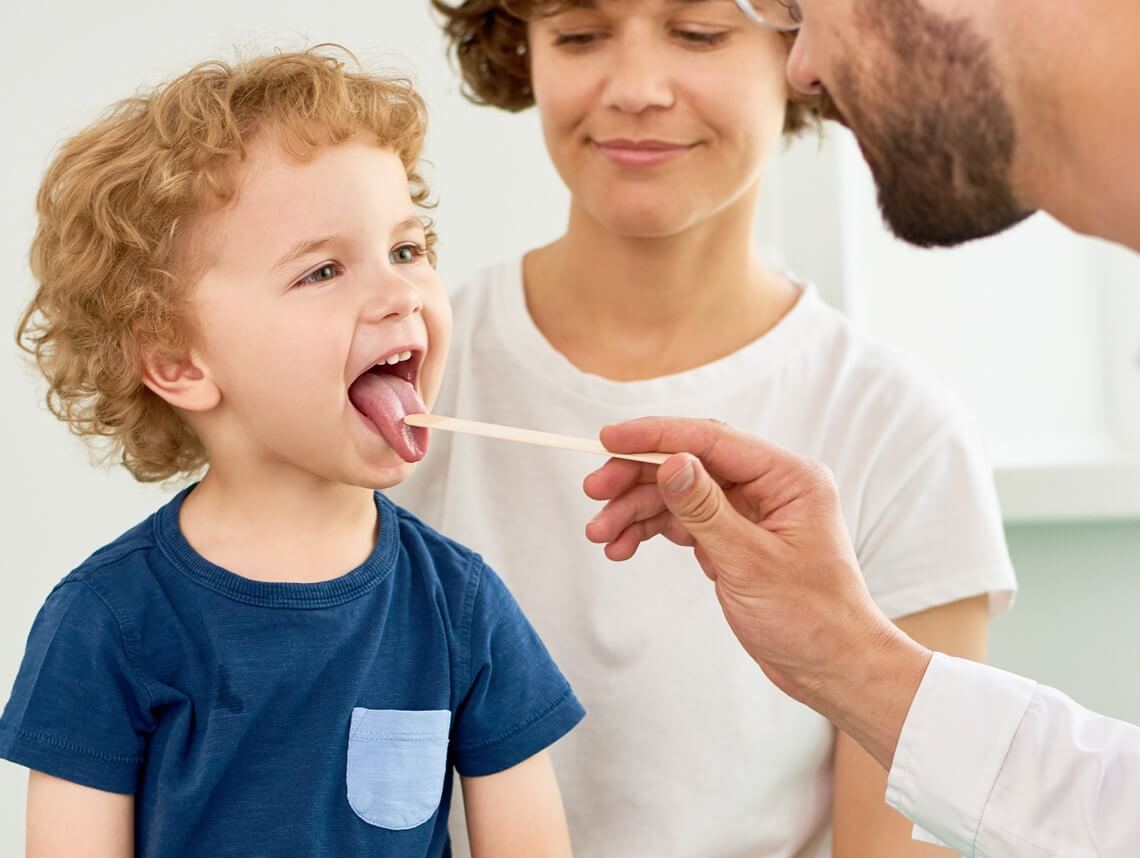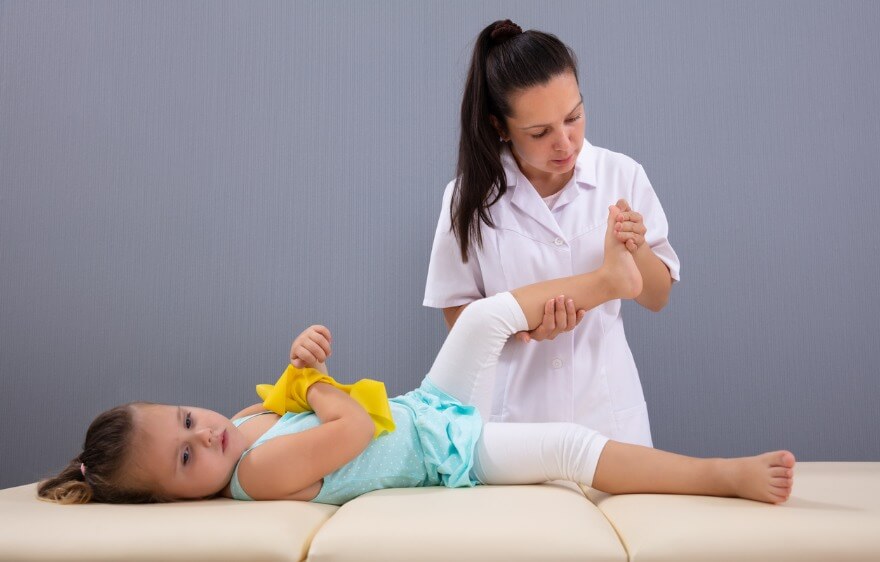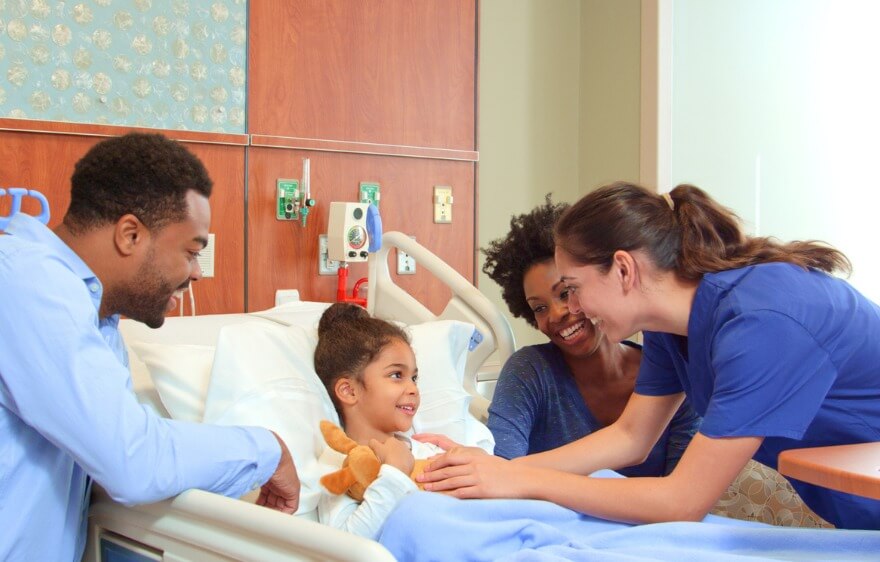Children bring a love of joy — as well as chaos — to any parent’s life. And, while carting them around to school, playdates, and sporting events can be stressful and time-consuming, chances are they also bring a lot of good moments to your family. Yet, the good comes with the bad, and when your child is not feeling well, you have to deal with the heartbreak of seeing them in pain. You also have to figure out what certain medical terms mean so that you can prepare yourself (as well as your child) for what to expect. Such is the case with laryngoscopies and bronchoscopies. What do they mean? And what can you tell your child to prepare them for these procedures?
What is a laryngoscopy?
A laryngoscopy is a procedure that gives the doctor a close-up view of your child’s larynx and throat. The larynx is your child’s voice box. It is located at the top of the windpipe (the trachea). The reason it’s performed is to determine the root cause of several conditions, including:
- Breathing problems
- Swallowing difficulties
- Throat pain
- Ear pain
- Constant coughing
- Halitosis
- Voice issues
- Irritation
- Removal of swallowed foreign objects
What to Expect from a Laryngoscopy for a Child
The practice consists of inserting a thin, small instrument called a scope into the throat. Although it is painless, it can cause fear and anxiety in children who don’t know what to expect. There are three types of laryngoscopies:
1. Indirect Laryngoscopy
Your child will sit in a high-backed chair and open their mouth wide. The ENT will spray the back of your child’s throat with a numbing agent so that your child won’t feel any pain during the procedure. Your child will gargle the medication and then spit it out. The ENT will then hold up a small mirror to look at the back of the child’s throat. The ENT will be wearing headgear with a light attached to it to have a better view of your child’s throat. The ENT will then ask your child to make several sounds so that the doctor can see how the larynx moves.
2. Direct Laryngoscopy
A direct laryngoscopy is typically performed to collect tissue samples, remove tumors from the vocal cords, or remove a foreign object lodged in your child’s throat. It is performed in an operating room (OR) under general anesthesia. After the procedure, a healthcare professional will monitor your child for several hours and will continue to do so until your child is fully awake and able to swallow. Your child may also need medications to manage pain and could need an overnight stay at the hospital for additional monitoring. It’s normal for a child to have a hoarse voice for a few days after the direct laryngoscopy has been completed.
3. Flexible Laryngoscopy
A flexible laryngoscopy is typically performed in an operating room under general anesthesia. The doctor will insert a flexible instrument (called a scope) through either one of the nostrils or the child’s mouth, then examine the inside of the throat through an eyepiece at the end of the scope. Your child’s doctor will also be able to view your child’s throat through images displayed on a screen. While the procedure is done at a hospital, your child will be able to go home the same day.
What is a bronchoscopy?
A bronchoscopy is also a procedure that allows a doctor to examine your child’s lungs and air passages. This is done to diagnose issues with the airways or lungs.
What to expect from a bronchoscopy for a child?
If your child needs a bronchoscopy, the ENT will ask whether your child is currently taking any medications, as it may be necessary to pause treatment for up to a week before undergoing the procedure. The doctor will also provide eating and drinking instructions for the days leading up to the bronchoscopy. These will be based on your child’s age.
Prior to the procedure, your child will be sedated. The anesthesia is enough to make them drowsy but not strong enough to have them fall asleep — although stronger anesthesia may be necessary, depending on the child’s medical condition. The doctor will then insert a flexible instrument (called a bronchoscope) into your child’s nose or mouth and pass it all the way down to the windpipe.
The bronchoscope has a small camera on one end, which allows the doctor to examine your child’s larynx and lungs. Through this process, the doctor would be able to see any abnormalities, as well as whether the airways are narrowed or blocked. Each image is magnified on screens next to the doctor — and the ENT would be able to take photographs of specific portions of your child’s airways to discuss findings with you after the procedure. If there is abnormal tissue or growth, the doctor will take a sample to do a biopsy. Whether your child can go home on the same day as the procedure or remain at the hospital overnight will depend on your child’s specific circumstances.
Contact Care Options for Kids For Pediatric Home Health Care
It can be hard to balance your time between work, home, and caring for a child. That’s why our team of skilled professionals at Care Options for Kids is here to help.
Our home health care services offer support in the comfort of your home. We refer loving and competent nurses to provide customized care for families — from a few hours a day to around-the-clock supervision. Contact us directly to speak with a home health care professional or request a free in-home assessment. Together we can determine the best plan of action to keep your loved ones happy and healthy.
If you are considering pediatric home health care services, contact the caring staff at Care Options for Kids. Call today at (888) 592-5855.






